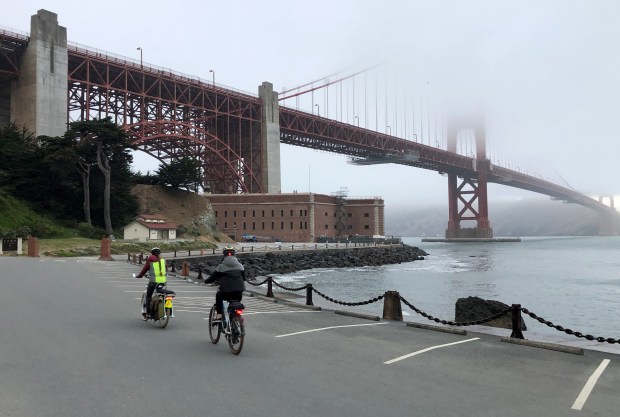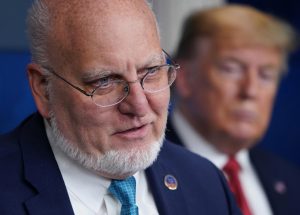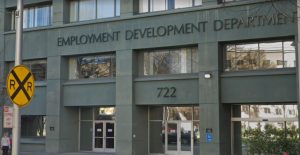Fort Point National Historic Site, a San Francisco landmark known for its imposing Civil War-era brick Army fort and as the site where actress Kim Novak jumped into San Francisco Bay in Alfred Hitchcock’s 1958 film “Vertigo,” is reopening.
The fort, built of 8 million bricks, has walls up to seven feet thick. Perched on the south end of the Golden Gate, it is owned by the National Park Service. The site — a popular attraction to visitors for more than half a century with free admission — closed March 16, due to the coronavirus pandemic.
Starting Saturday, the outdoor areas will be available to the public once more every Friday, Saturday, and Sunday from 10:00 a.m. to 5:00 p.m., including the courtyard, alcoves on the second and third floor filled with cannons and its roof with views to the Golden Gate Bridge and San Francisco Bay. Rangers will be on hand to explain the history and surroundings. Renovation work continues during weekdays.
“This unit of the national park system tells important stories of the bay and our nation,” said Laura Joss, superintendent of the Golden Gate National Recreation Area. ”We are pleased to provide a great outdoor experience at Fort Point for inspiration and mental health during these challenging times.”
SAN FRANCISCO, CA – MAY 28: A pair of cyclists ride past the Golden Gate Bridge at Fort Point in San Francisco, Calif., on Wednesday, May 28, 2020. (Anda Chu/Bay Area News Group)
The fort is the latest and final prominent outdoor attraction that is part of the Golden Gate National Recreation Area to reopen. In June, Muir Woods National Monument in Marin County reopened. Two weeks ago, ferry tours and the grounds around Alcatraz Island also reopened, although the inside of Alcatraz prison remains closed to tourists for now to maintain social distancing.
Fort Point has colorful history.
It was built in 1853 to defend San Francisco Bay. Workers blasted down the cliffs and spent eight years constructing the fort. Its 102 cannons were built near the water level so cannon balls could richochet off the water to hit invading ships at the waterline. Furnaces inside the fort were designed to heat the cannonballs so they could catch wooden ships on fire. The strongest cannon could shoot a 128-pound cannonball for two miles.
During the Civil War, as many as 500 Union Army soldiers from the 3rd U.S. Artillery, the 9th U.S. Infantry, and the 8th California Volunteer Infantry were stationed there, waiting for an invasion by Confederate ships that never came.
One Confederate ship, the CSS Shenandoah, planned to attack San Francisco in 1865, but en route to the bay the captain learned that the war was over. He sailed all the way to England to surrender.
After the war, the fort was used as barracks, for training and storage. Soldiers from the 6th U.S. Coast Artillery were stationed there during World War II to guard San Francisco Bay against Japanese submarines.
At one point, in the 1930s, it looked like the end for the stately outpost. The original plans for the Golden Gate Bridge called for tearing it down. But chief engineer Joseph Strauss redesigned the bridge to save it.
“While the old fort has no military value now,” Strauss said, “it remains nevertheless a fine example of the mason’s art…. It should be preserved and restored as a national monument.” In 1970 after a campaign by historians and military veterans, President Richard Nixon established it as a national monument.
Nearly all Golden Gate National Recreation Area attractions are now open, including Stinson Beach, Muir Beach, Baker Beach, Crissy Field, the Presidio, Fort Funston, the Marin Headlands and the Phleger Estate near Woodside. Nearly all the areas that remain closed are indoor facilities, including the Golden Gate Bridge Welcome Center, Marin Headlands Visitor Center, Point Bonita Lighthouse, Presidio Visitor Center, Lands End Lookout Visitor Center and the Cliff House restaurant.



















